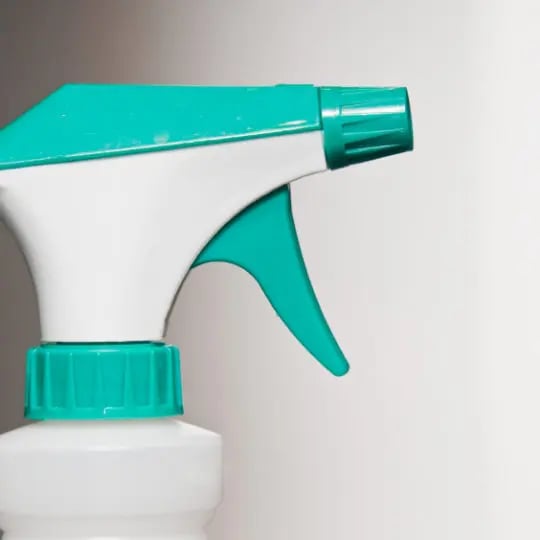How to Kill Weeds with Vinegar

Removing weeds from your garden can be back-breaking work. Luckily, there is a safe, effective method of killing them that can be found in most pantries! Distilled white vinegar contains acetic acid that attacks the weed, zapping it down to the root. This natural remedy is pesticide-free, making it both environmentally friendly and harmless for use in a vegetable garden.
Follow these steps to learn how to banish weeds from your garden—naturally.
What you’ll need:
- 1-qt distilled white vinegar
- ¼-lb salt (optional)
- 2 teaspoons bleach-free liquid dish detergent (optional)
What to do:
- Aim for arid conditions: Be sure to check the weather forecast before applying vinegar to the weeds in your garden. Try for a span of two to three consecutive days of dry, sunny weather. This allows time for the weed roots to absorb the vinegar. Dry soil is important as water can dilute the vinegar’s potency while sunlight speeds the absorption process.
- Fill the spray bottle with vinegar: The acetic acid in vinegar is a desiccant, meaning it draws moisture out of plant foliage. Fill a spray bottle with distilled white vinegar. Most household varieties contain 5% acidity, which can kill seedlings, young weeds, and some mature weeds. Try this acetic level first to see if your weeds are susceptible to it. If household vinegar doesn’t do the trick, horticultural vinegar with a 15% to 20% acetic level should be more effective. If vinegar alone fails, a combination of vinegar, salt, and dish detergent may be necessary. Combine one quart of white vinegar, ¼-lb of salt, and two teaspoons of bleach-free liquid dish detergent in your spray bottle. The oil in the detergent injures weeds while the salt reduces their water uptake, inhibits seed germination, and slows growth. As with the vinegar alone, this solution should be applied during the sunniest, warmest part of the day, which causes the soap to dry into a film to help lock in the vinegar.
- Apply the vinegar: Liberally spray the weeds with vinegar using a piece of cardboard to shield your other plants. You can also apply the vinegar directly to the weeds, using a small paint brush to cover both sides of the leaves, the stalk, and flowers. For well-established, perennial weeds, it helps to boil the vinegar first. This is a popular method for killing the growth that comes up through cracks in concrete on patios and driveways. The root system absorbs the vinegar while the heat of the boiling liquid begins to kill the plant at the ground level.
- High and dry: Avoid watering any plants in the affected area for two days.
- Try, try again: Sometimes weeds require reapplication before dying completely. Reapply your solution as necessary until they are completely dead.
- Eradicate the refuse: Remove the dead weeds from your garden. If the weed still appears to be alive, dig into the dirt and apply vinegar directly to the tap root. Cover the area with soil being careful to apply vinegar to the root without saturating the soil.
For further assistance in your war against weeds, call Green Lawn Fertilizing at 855-469-0692. Not just a lawn care company, we act as your outdoor supporters, there to help make sure you’re able to spend more time outside. Call us today for more tips and tricks on keeping your garden under control.